What is a flat panel LED downlight
A flat panel LED downlight is a low profile recessed ceiling light that fits in plenums of minimal depth without compromising lumen output or glare control. The fully luminous flat panel downlight transforms any commercial, residential and institutional space into a visually comfortable environment with soft, balanced light. This downlighting solution also eliminates the need for a bulky housing that is fire rated or IC (insulation contact) rated. The canless, wafer-thin design reduces material costs, simplifies installation, and delivers a clean architectural look that allows for surface mount applications as well. Available in round and square aperture options, these compact ceiling lights can challenge any new construction and remodeling installation, whether for general lighting in office spaces, shopping centers, restaurants, hospitals, living rooms, kitchens and bathrooms, or for applications in confined, hard to reach spaces such as closets, basements, hallways, stairwells, elevators, and outside soffits.
Coping with the excessively high luminance of LEDs
Ultra-thin LED downlights are typically surface emission devices that harness a compound optical system to achieve consistent uniformity across the entire span of the panel. LEDs are high flux density, directional emitters that have an extremely high luminance. To eliminate issues with LED hot spots and glare, the conventional backlit design involves a high level of diffusion that causes large amounts of optical scattering loss. Increasing the clearance between the light source and a higher efficiency diffusing lens can achieve a more uniform distribution of light, but it leads to a thick fixture profile. Conventional LED downlights regress the LEDs deeply into the housing. These luminaires control glare by concealing the bright LEDs from direct view, but there’s harsh glare when looking up into the luminaire. The cutoff optics mitigate the offensive luminance at the cost of reduced illuminance coverage. Conventional downlights are, therefore, not a good choice for general lighting applications because their narrow beam distributions call for a high fixture density.
The edge-lit optical architecture
The wafer-thin downlight employs an edge-lit design which arranges light sources along the side of the luminaire and uses a light guide panel (LGP) to distribute light evenly across the light emitting surface (LES). The side of an LGP serves as the entry interface of light emitted by the edge mounted LEDs. To effectively capture light, the entry interface of a light guide must be designed to match the light output radiation pattern and package configuration of the mating SMD LEDs. The captured light is transported to the exit points by means of total internal reflection (TIR). The exit points are light extraction features that allow a controlled amount of light to escape from the light guide. A light guide has a matrix of exit points that are uniformly spaced across the panel to ensure homogeneous surface emission. The LGP refracts the beams down towards a high-transmittance bottom diffuser, creating a soft, visually comfortable luminous surface and uniform distribution of illuminance. The multi-layered optical system has a top reflective layer that is used to direct any spill light downward.
Optical system construction
To sum it up, the multi-layered optical system of an edge-lit LED downlight consists of an LGP sandwiched between an opal white bottom diffuser and a white PET top reflector. Among these components, the LGP is the most critical to the optical performance of the luminaire. Its light capture effectiveness, extraction efficiency and distribution pattern have a big influence on luminaire efficiency and beam quality. A light guide is made from an optically clear polymer, such as polycarbonate (PC) or acrylic (PMMA). The design of an LGP focuses on the coupling surface (entry interface) and light extraction features (exit points). A well-engineered entry interface can deliver a coupling efficiency greater than 90%. It is important to choose the proper design and density for light exit points, which determine the distribution of the light emitted from the luminaire, as well as the extraction efficiency of the LGP.
For those unaware, the LGP is a significant life-limiting factor of an edge-lit LED system. Many commodity products use cheap polystyrene (PS) LGPs which will yellow in two years. The discoloration of LGPs means the end of product life. It’s vital importance to identify the material used to make the LGP when evaluating an edge-lit product. So far the best material for LGP applications is UV-stabilized PC, while PMMA is the most commonly used LGP material because of its affordability, good thermal stability and excellent optical transparency.
Thermal management
An ultra-thin LED downlight carries a fixture-as-heat-sink design which minimizes the thermal path for more efficient heat extraction. The die cast aluminum housing which accommodates the LEDs along the interior of the aperture serves double duty as the heat sink. The heat sink comes with integral fins that increase the effective surface area for heat dissipation. The thermal transfer rate of the passive heat sink must outpace the rate at which thermal energy is introduced to the system by the LEDs. Ultra-thin LED downlights use mid-power SMD LEDs that require tight control of the junction temperature. Operating these LED packages above maximum rated junction temperature can lead to accelerated light output degradation and color shift due the heat-induced discoloration of the plastic housings. In addition to building a robust thermal path, the LEDs should not be overdriven. LEDs will experience efficiency droop at high drive current, which can significantly increase the thermal load.
Color rendering
The SMD LEDs incorporated in edge-lit LED downlights can be of various specifications. Many factors come into play when it comes to light source selection. The color characteristics of the LEDs are among these factors that should be carefully considered for a particular application. Most edge-lit LED downlights are sold as commodity products and luminous efficacies often take precedence over color quality. These products are offered with a color rendering index (CRI) in low to mid 80s. Along with high color temperature, the low CRI luminaires exhibit a high luminous efficacy that caters to uneducated consumers. However, the LEDs are over-saturated in the blue and green spectrums and fail to render saturated colors which are vital to optimally displaying skin tones, merchandise, artwork and all colorful things. When edge-lit LED downlights are used as the primary source of light in a living, working or shopping space, light sources with a minimum CRI of 90 should be used.
Color temperature and consistence
LEDs may be specified in a correlated color temperature (CCT) of 2700K, 3000K, 3500K, 4000K, or 5000K. Cooler or high CCT light sources are typically used for commercial lighting. These light sources are not recommended for residential use because they’re potent suppressors of melatonin which contributes to a vital protective mechanism for humans. Warm light sources (2700K to 3200K) are the common choice of light source for residential lighting, hospitality lighting, and applications where relaxation is emphasized. Warm light which contains a very low percentage of blue does not suppress the nocturnal release of melatonin, thus encouraging a regenerative sleep. Edge-lit design allows for color mixing within the LGP. This eliminates variation of color within the entire span of the luminous surface. Backlit systems would exhibit noticeable LED-to-LED color deviations when the LEDs are not binned to a tight tolerance. Excellent color mixing ability lends edge-lit LED downlights to dynamic white lighting applications such as dim-to-warm atmospheric lighting and human centric lighting.
LED driving and dimming
Edge-lit LED downlights are powered by an off-board LED driver which can be mounted remotely for shallow ceiling installations. The driver can be designed to operate on a dedicated voltage (e.g., 120 volts) or accommodate a range of input voltage (e.g. 120-277 volts). It’s of utmost importance that the driver generates minimal ripples in the output current provided to the LED load. Large ripples in the DC current can result in flicker and other visual anomalies which are a contributor to eyestrain, blurred vision and headaches.
It is often desirable to be able to dim the LED load so that the light output can be adapted to user needs or preference. The driver may incorporate a constant current reduction (CCR) dimming circuitry that allows smooth dimming through 0-10V or DALI controls. Compatibility is essential between the LED driver and the dimming control. The problem often arises when the LED load is dimmed by a forward phase (TRIAC) or electronic low voltage (ELV) dimmer. The incompatible interaction between the phase control dimmer and the switch mode power supply (SMPS) can cause LEDs to flicker, drop out, pop on or dead travel.

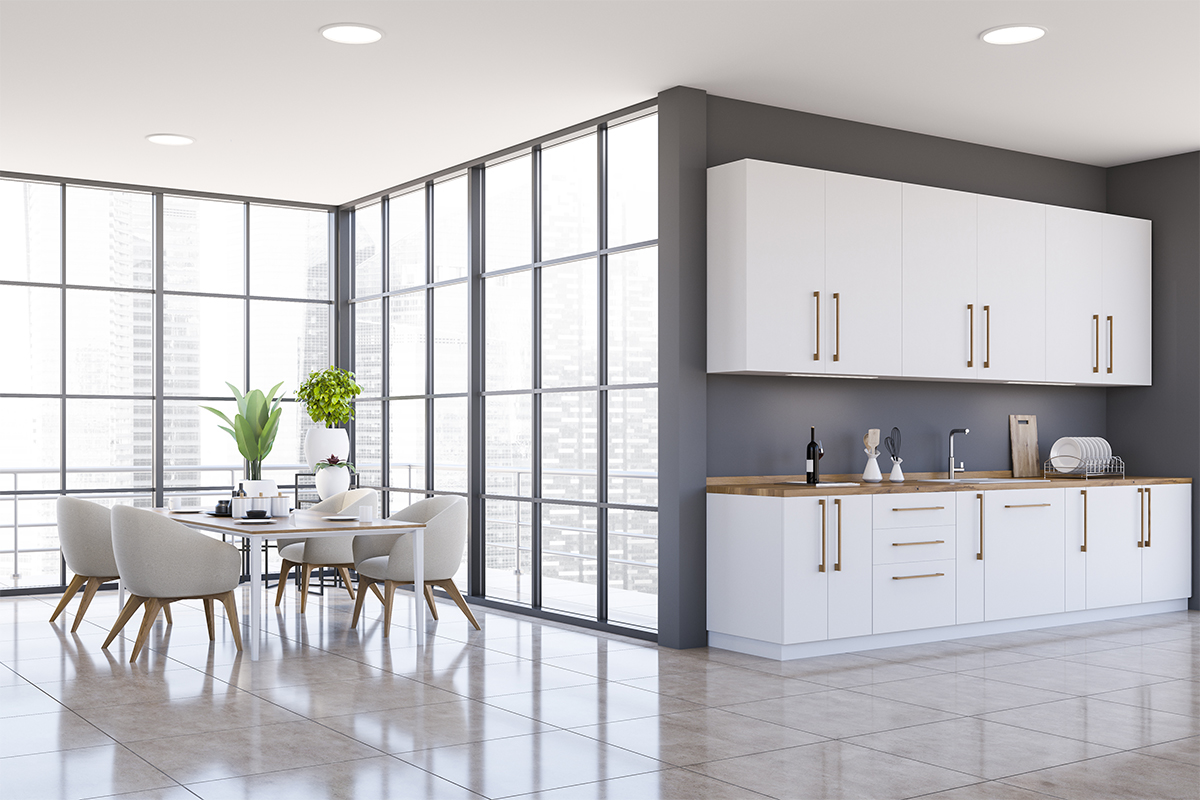
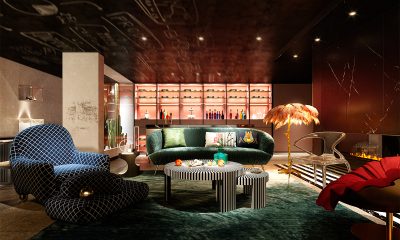

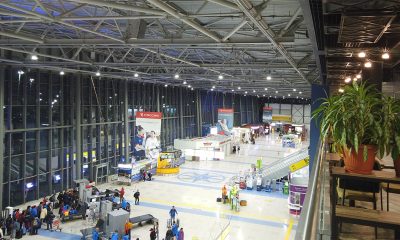



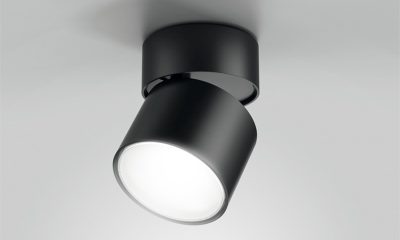


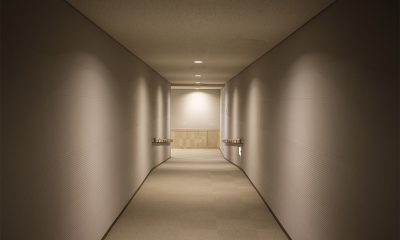
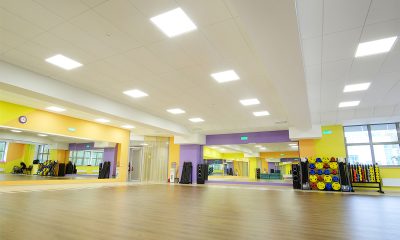






Loading...